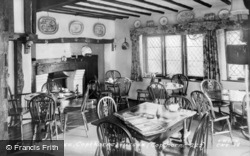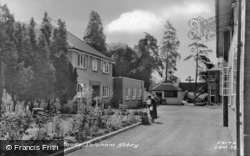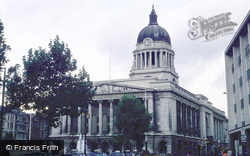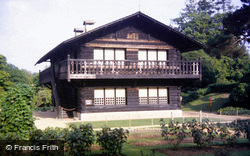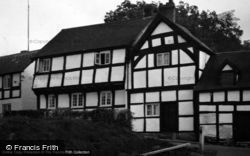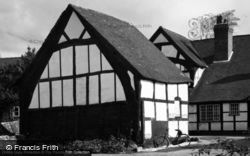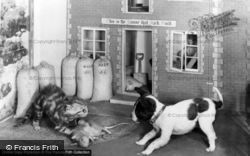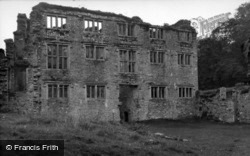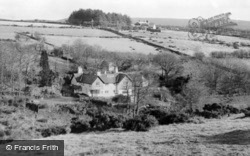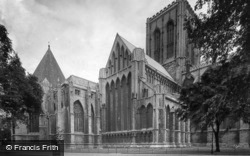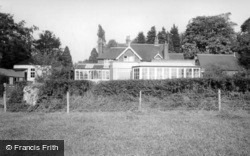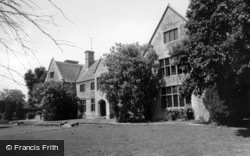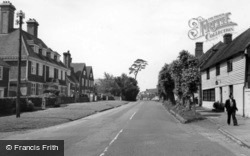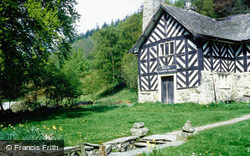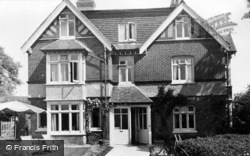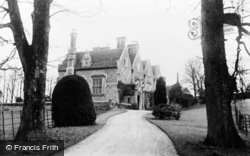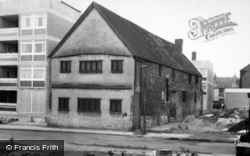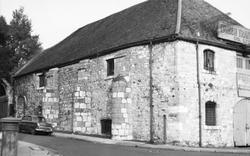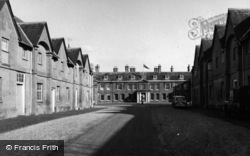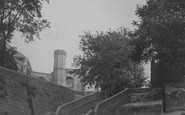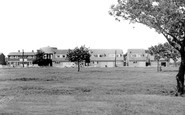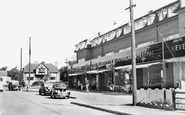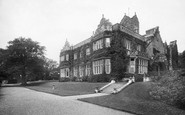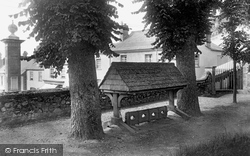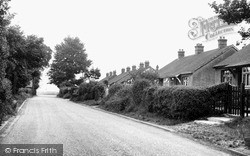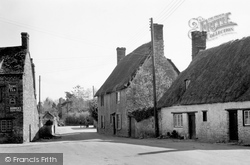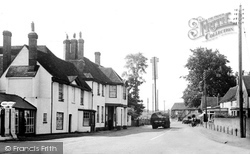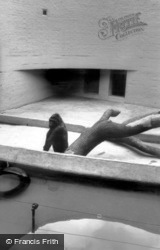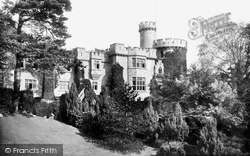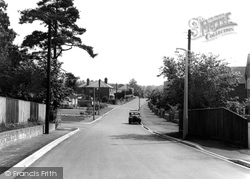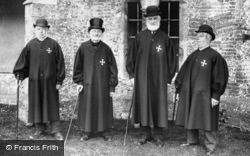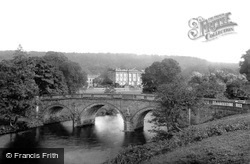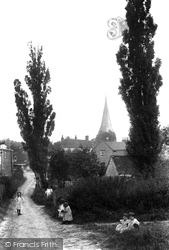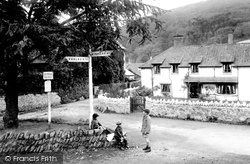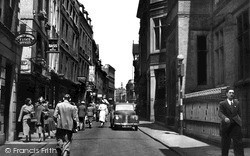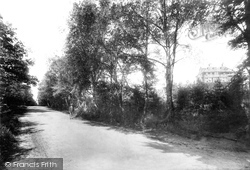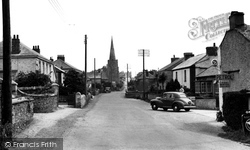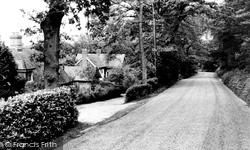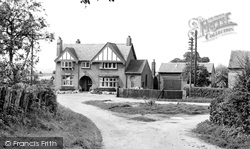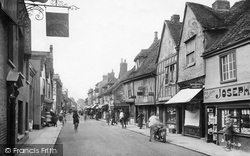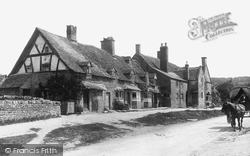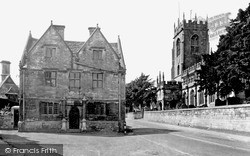Places
36 places found.
Those places high-lighted have photos. All locations may have maps, books and memories.
- Chatsworth House, Derbyshire
- Osborne House, Isle of Wight
- Brambletye House, Sussex
- Ickworth House, Suffolk
- Kingston Lacy House, Dorset
- Boscobel House, Shropshire
- Preshute House, Wiltshire
- Bolton Houses, Lancashire
- Brick Houses, Yorkshire
- Quaking Houses, Durham
- Water Houses, Yorkshire
- Bottom House, Staffordshire
- New House, Kent
- Mite Houses, Cumbria
- Lyneham House, Devon
- Church Houses, Yorkshire
- Dye House, Northumberland
- Spittal Houses, Yorkshire
- Street Houses, Yorkshire
- Tow House, Northumberland
- Halfway House, Shropshire
- Halfway Houses, Kent
- High Houses, Essex
- Flush House, Yorkshire
- White House, Suffolk
- Wood House, Lancashire
- Bank Houses, Lancashire
- Lower House, Cheshire
- Marsh Houses, Lancashire
- Chapel House, Lancashire
- Close House, Durham
- Guard House, Yorkshire
- Hundle Houses, Lincolnshire
- Hundred House, Powys
- Thorley Houses, Hertfordshire
- School House, Dorset
Photos
6,747 photos found. Showing results 2,301 to 2,320.
Maps
370 maps found.
Books
Sorry, no books were found that related to your search.
Memories
10,362 memories found. Showing results 1,151 to 1,160.
Great Horton
Our family lived in Lidget Green, near the Great Horton railway station. I was born in 1949 near Bradford (Wakefield), and lived in Lidget Green from toddlerhood until we emigrated in 1960. The neighborhood provided many memories which ...Read more
A memory of Bradford in 1959 by
Moving Away
I was born in Redhill hospital in 1948 and lived in Shirley Avenue. I went to Downland School which was a stone cottage called Pound Cottage just before Stanley Close. There was Cherry Tree Cottage about 3 doors up, they used to sell ...Read more
A memory of Old Coulsdon by
My Family
My family were the Davises who lived in the Bear House, Trecastle. Most of the people in the area were related to us. We were originally of Gypsy desent and can be traced back many hundreds of years. We were also related to the Pike ...Read more
A memory of Trecastle by
A Ghost On Beccles Church Steps
My father, Stafford Brown, was a student at Beccles College during the First World War. He stayed with the Knights family of Puddingmoor. Mr Knights, who was a wherryman, told of a strange event that happened to him ...Read more
A memory of Beccles in 1910 by
Vague Memories
I lived in Tetney for about the first 5 years of my life. I vaguely remember going to school and walking a long way home. I can't remember the name of the road, but the house I lived in was called 'Mistletoe Cottage'. As far as I ...Read more
A memory of Tetney in 1940 by
Badger Hall, Thundersley, Essex Circa 1900
My Great Uncle and Aunt, Archibald “Arch” and Clara Meade, owned Badger Hall, Thundersley, around the turn of the 19th to 20th century. It was then described as having 22 acres of parkland and holding ...Read more
A memory of Thundersley by
Growing Up In Easebourne
I went to live in Cowdray House, aged 4, in 1951. My father worked in the accounts office in Easebourne village, and I attended Easebourne Primary School (Headmaster was Mr Bevan) along with Barbara Fisher, who also lived ...Read more
A memory of Easebourne in 1956 by
Central House Kemerton
My father Raymond John Price, known as John, was born in Central House on the 8th 0ctober 1918, his father was George Price and mother was Sophia Jane Price. My father was called up to served in the Royal Navy during the ...Read more
A memory of Kemerton in 1952 by
Broad Parade Shops
My parents bought a house in Willow Walk, which is on the right of the photographer, in August 1954. At that time there were no shops, no pavements, just muddy concrete roads. We were the first to occupy a house in the road, and ...Read more
A memory of Hockley in 1955 by
1962/63 Best Time Of My Childhood
I can't believe this, amazing even if the names are coincidence, I was at Warnham Court 1962-63, I can remember lots of names: Roy Riggs, with his 'German' dictionary. June Palmer. John Thorp, we ...Read more
A memory of Warnham Court School in 1962 by
Your search returned a large number of results. Please try to refine your search further.
Captions
6,914 captions found. Showing results 2,761 to 2,784.
The original wooden stocks are now very fragile, and are protected by the later housing we see here. To the left is the stone monument commemorating Queen Victoria's
Wash Road was a road of many farms: Watch-House, Mundell's, Petchey's, Benson's, Puckle's, Sellers, and Laindonponds.
Signs on the wall of the house on the left advertise Lyon's Tea, Red Bell Tobacco and Borwick's Baking Powder.
In the 1960s, housing estates emerged everywhere, and Hook was to be no exception. Until this time growth had been gradual; now it has soared.
This is a narrow street of 18th- and 19th-century houses leading down to the harbour.
The site is now occupied by sheltered housing.
However, it is hard to be impressed by the sterility of this brutal-looking enclosure which houses a highly intelligent animal whose native habitat is densely vegetated.
This view was taken looking towards the south side of the Watch Tower and Round Tower and the Mansion House. This was designed by A S Goodridge of Bath.
The road has a pleasing variety of house styles, often with long gardens in front.
The Hospital of St Cross was founded by Bishop Henry de Blois in 1136 and is the oldest almshouse in England, originally built to house, clothe and feed 'thirteen poor impotent men, so reduced in strength
The bridge in the foreground is the main entrance to the house; the water is the Derwent, en route to its confluence with the Wye south of Rowsley.
This charming village on the river Derwent is dominated by the grounds of Chatsworth House. This section of the area is the old village known as Nether End.
This rural lane is now unrecognisable, being a tarmac road leading to a car park, the library and a council estate, although the church with its broach spire and the High Street houses on the skyline remain
Today the cross is shaded by trees, but the cottage behind, known as Well House, is still recognisable.
Behind is Cross Lane House, which was a working farm until 1968 and is now run as a restaurant and hotel.
On the left at the corner of Pepper Street is Lloyd's Coffee House, famous for its cakes and pastries.
The village also had a butcher, another grocer, two boot makes, an undertaker, a plumber, two carpenters, a market gardener and bee keeper and an insurance agent, as well as the three public houses.
The house on the right is the Beacon, one of the more substantial residences in Victorian and Edwardian Fleet.
The houses and telephone box are the same today, but a public toilet has replaced the hedge on the left.
Several substantial new houses have been built on the left of the road in recent years.
In the 19th century the Bank House brewed its own beer: the wall and steps of the malt kiln and the cellar can be seen on the right.
The cluster of half-timbered houses dated from the late 15th century. Known as The Friars, they marked the position of the Dominican priory's gatehouse.
A number of the old houses here were originally inns, for Broadway lay on the London to Worcester coaching route.
The Jacobean House in Queen Square is constructed of the same beautifully coloured stone as many of its simpler neighbours.
Places (80)
Photos (6747)
Memories (10362)
Books (0)
Maps (370)




